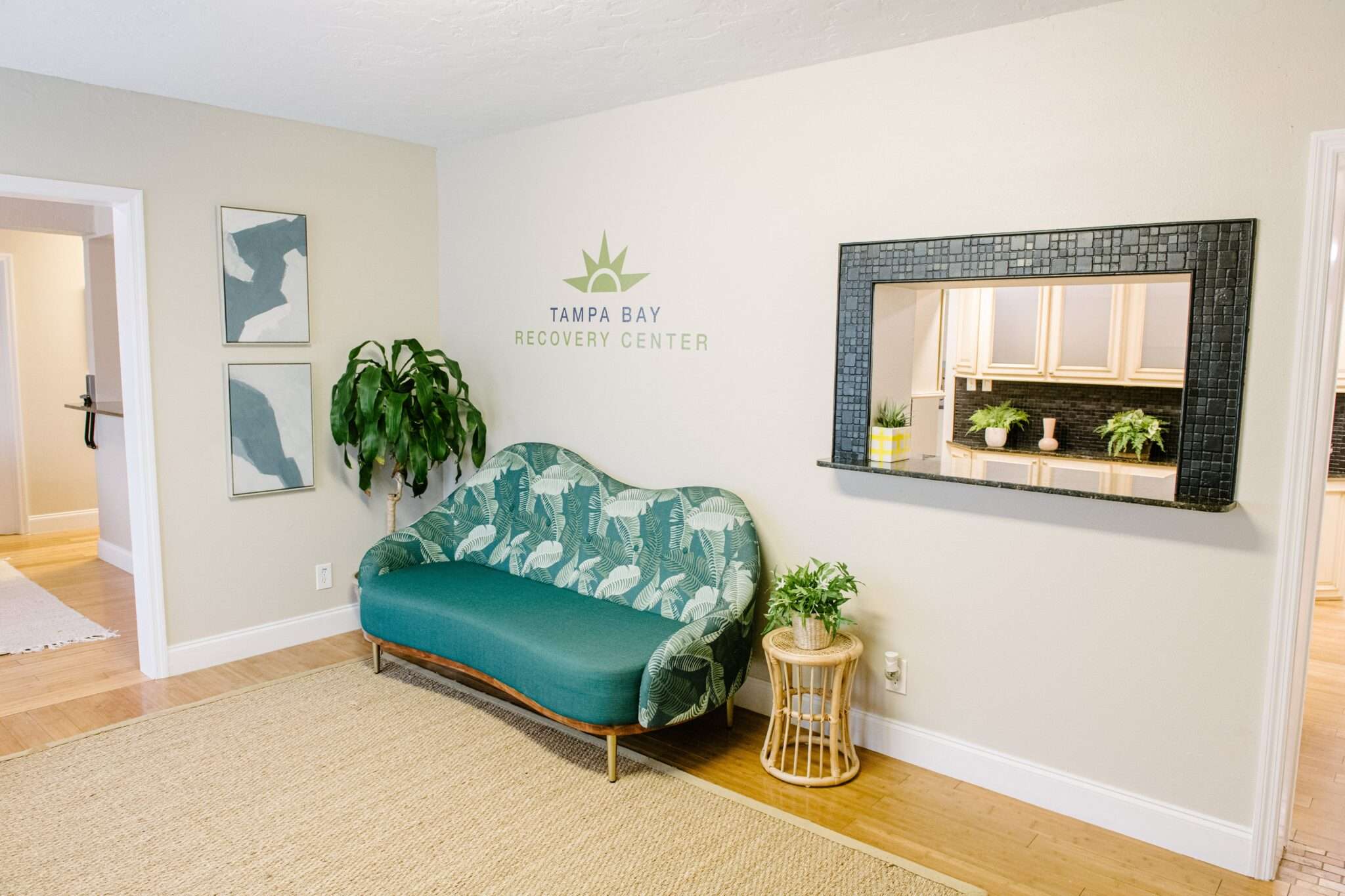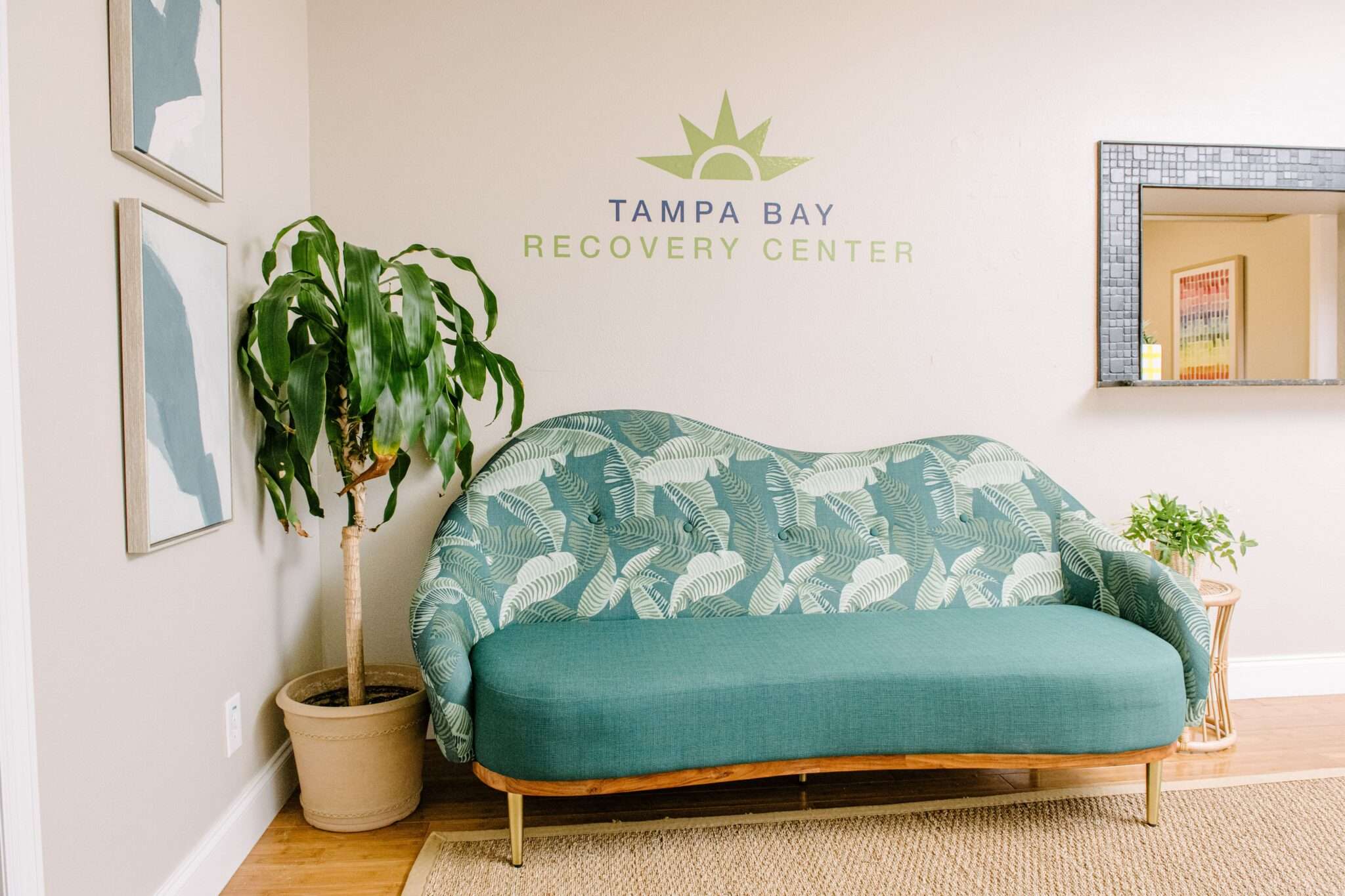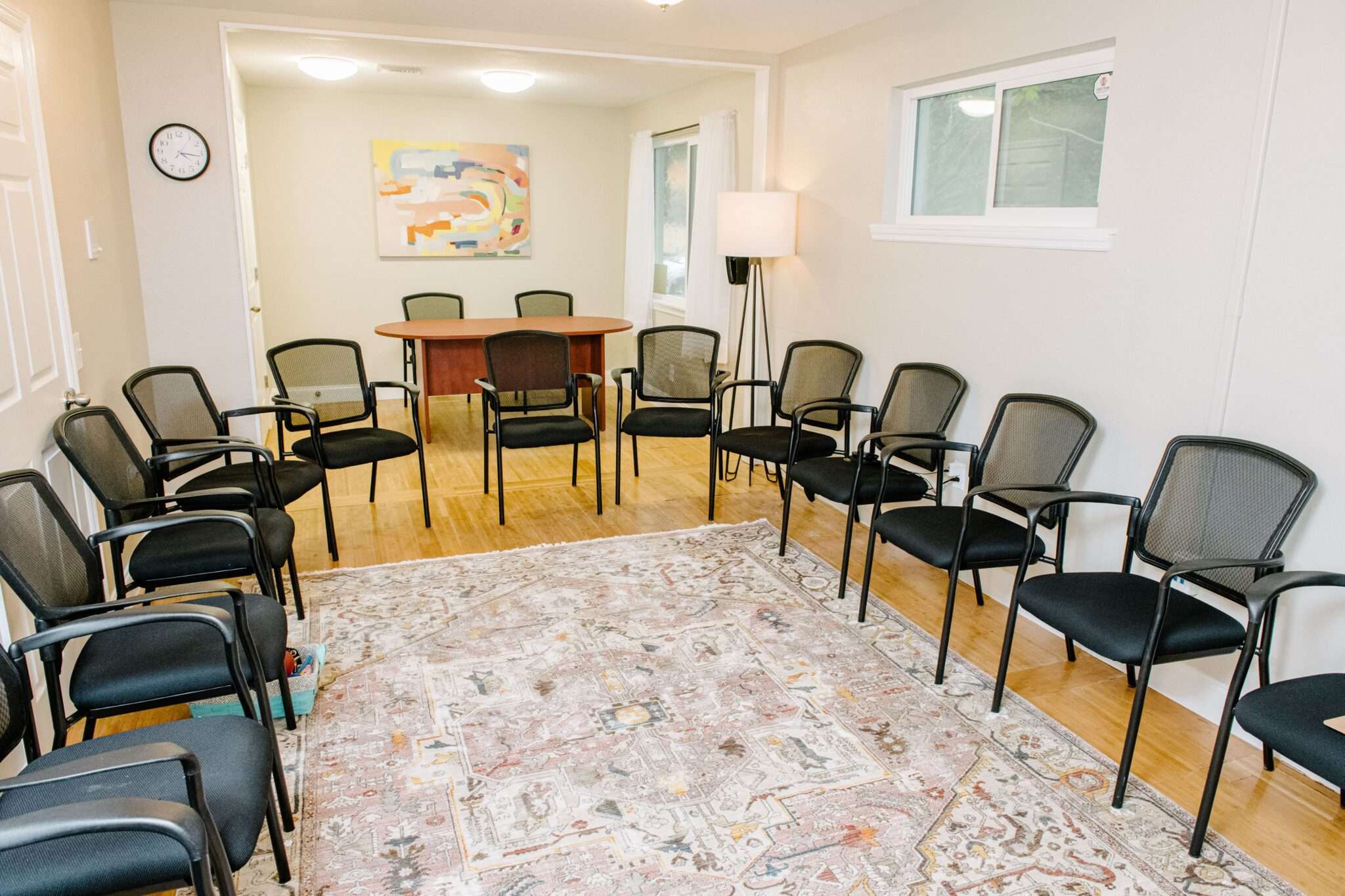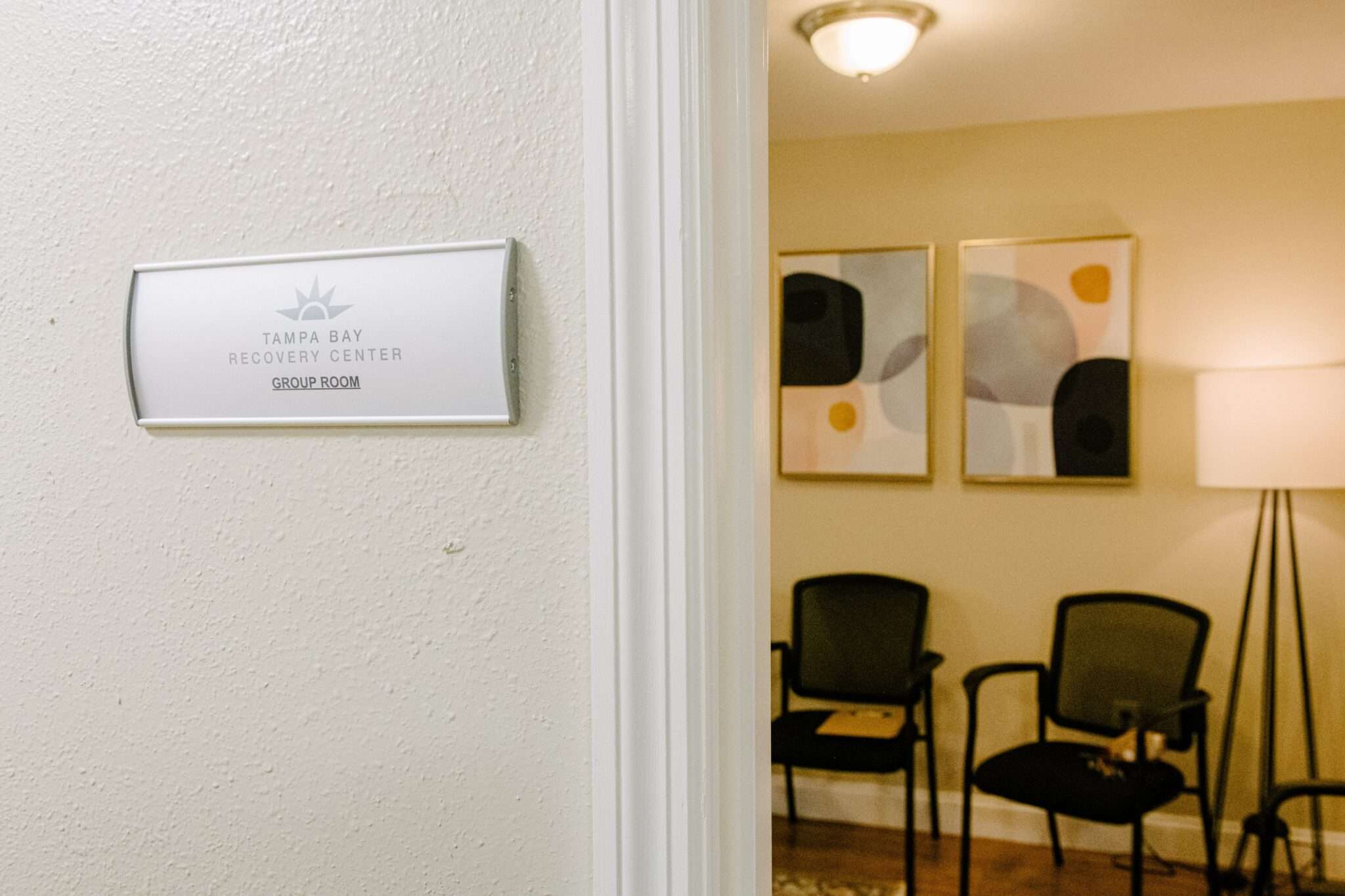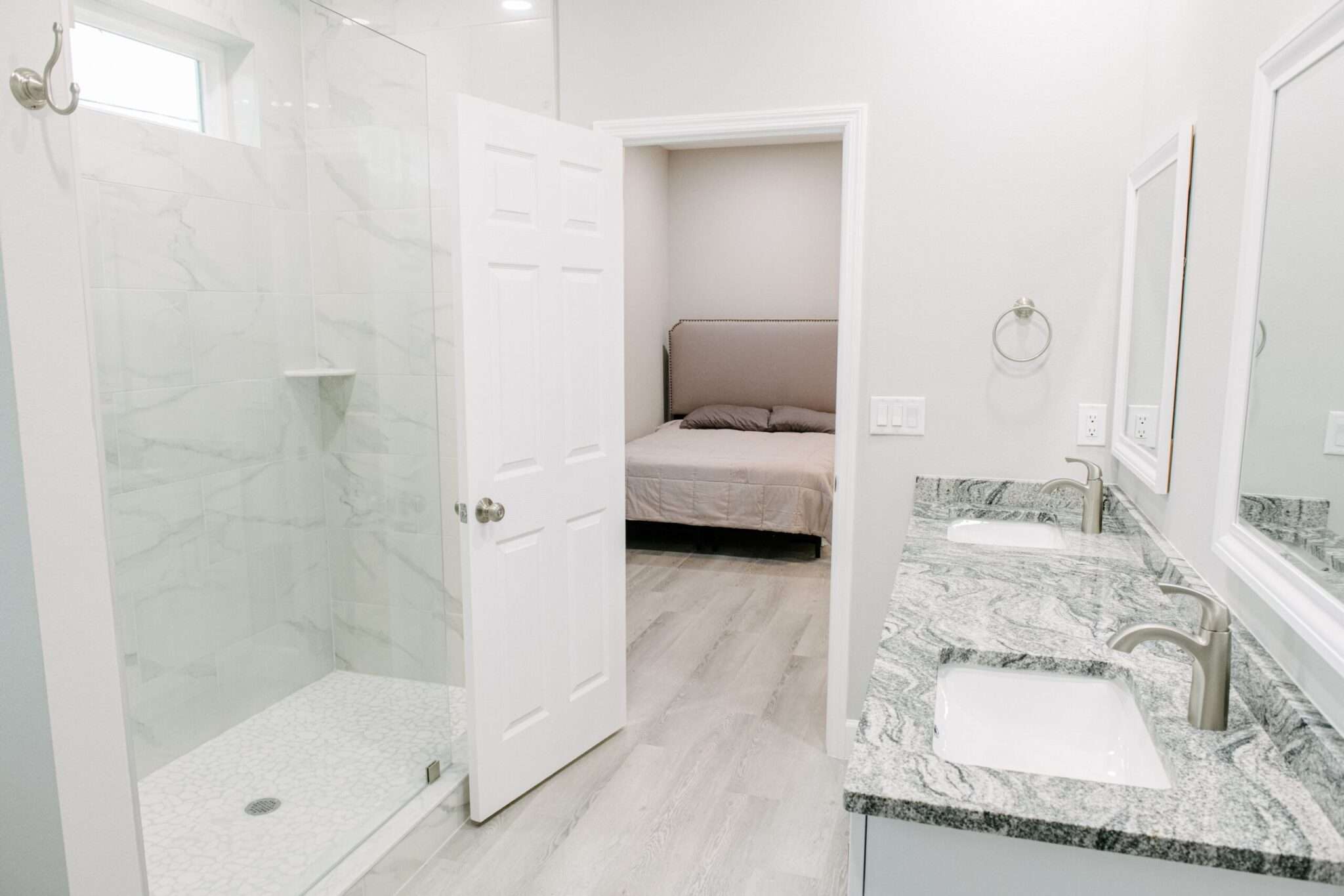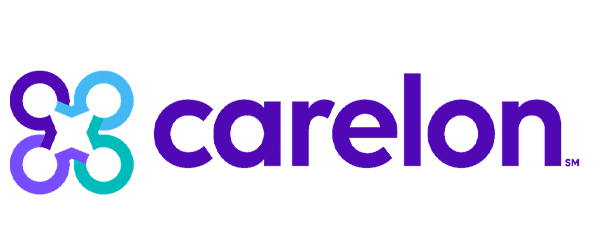Brainspotting Therapy: A Path to Healing
Brainspotting therapy is a powerful, focused treatment method designed to identify, process, and release the neurophysiological sources of pain. It is often used to address the trauma underlying addiction. At Gulf Coast Recovery Center, we integrate brainspotting therapy into a comprehensive approach to healing.
What is Brainspotting Therapy?
Brainspotting (BSP) therapy was developed by Dr. David Grand in 2003 and draws from techniques like Somatic Experiencing (SE) and Eye Movement Desensitization and Reprocessing (EMDR). The therapy is based on the principle that “where you look affects how you feel.” By guiding a patient’s eye movement, therapists locate “brainspots”—eye positions that correlate with unresolved trauma or distress.
Key Benefits of Brainspotting Therapy:
- Trauma resolution
- Better emotional regulation
- Reduced distress
- Enhanced self-awareness
- Improved self-esteem
Brainspotting can be a standalone treatment or used alongside other therapies for optimal results.
How Does Brainspotting Therapy Work?
Brainspotting focuses on the connection between the brain and body, employing a “bottom-up” approach to release emotional stress. The therapy targets areas of the central nervous system responsible for vision, hearing, and motor control. Over time, it fosters the creation of new neural pathways, helping patients process and release trauma.
This process unlocks the body’s natural healing mechanisms, reducing the emotional charge of past experiences.
How Can Brainspotting Therapy Help Addiction?
Addiction often stems from unresolved trauma or emotional pain. Brainspotting therapy helps patients confront and heal these underlying issues, reducing the need for substances as a coping mechanism.
Additional Benefits:
- Increases self-awareness and self-esteem
- Strengthens motivations for positive change
- Reduces cravings and addiction triggers
By addressing the root causes of addiction, brainspotting paves the way for long-term recovery and a healthier lifestyle.
What is a Brainspotting Therapy Session Like?
Each brainspotting session is tailored to the individual, but most follow a general protocol:
- Relaxation: Patients start with breathing techniques or bilateral music to enter a calm state.
- Identifying Distress: Patients identify areas of distress in their body.
- Finding Brainspots: The therapist guides the patient’s gaze to locate a “brainspot”—a point where distress feels most intense.
- Processing: The therapist uses either the “Outside Window” (therapist-guided) or “Inside Window” (patient-guided) approach to focus on the brainspot.
- Reflection: Both patient and therapist discuss the emotions and sensations that arise.
Many patients experience a mental or physical release during sessions. Fatigue is a common side effect, signaling successful processing.
Benefits of Brainspotting Therapy
Brainspotting therapy offers numerous advantages for those dealing with trauma and other mental health challenges:
- Trauma resolution: Safe processing and release of trauma.
- Holistic approach: Addresses the mind-body connection.
- Targeted healing: Focuses on specific areas of distress.
- Minimal verbalization: Effective for individuals uncomfortable with extensive verbal expression.
- Customization: Tailored to each patient’s unique needs.
- Fast results: Noticeable improvements in a relatively short time.
Conditions Treated by Brainspotting Therapy
Brainspotting therapy can address various mental health conditions, including:
- Post-traumatic stress disorder (PTSD)
- Depression
- Anxiety
- Attention deficit hyperactivity disorder (ADHD)
- Anger
- Persistent fatigue
- Impulsive behavior disorders
- Chronic pain
Begin Your Healing Journey
At Gulf Coast Recovery Center, brainspotting therapy is an integral part of our treatment programs. Our compassionate therapists are here to help you address trauma and achieve lasting recovery.


